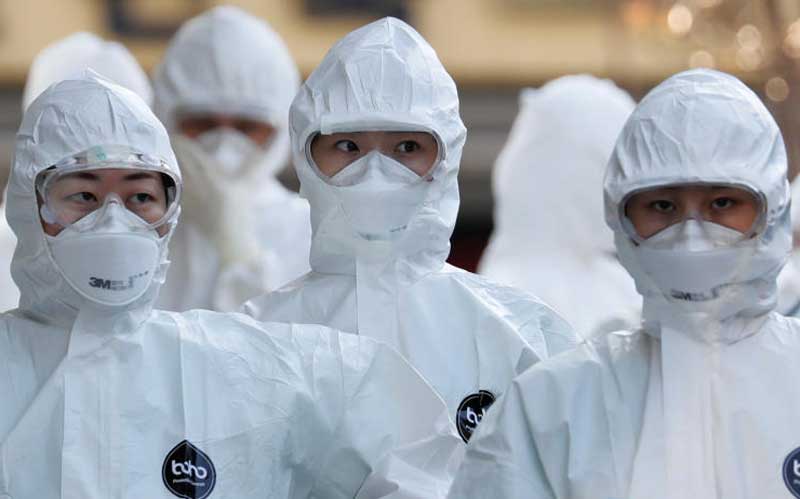×
The Standard e-Paper
Kenya’s Boldest Voice

Medical workers in protective gears walk into a hospital facility to treat coronavirus patients in Daegu, South Korea, March 8, 2020. There is so much inaccurate information floating around the world over the virus. [Reuters]
As the coronavirus spreads across the world, misinformation is spreading even faster with authorities racing to deal with the first major health crisis in the smartphone era.